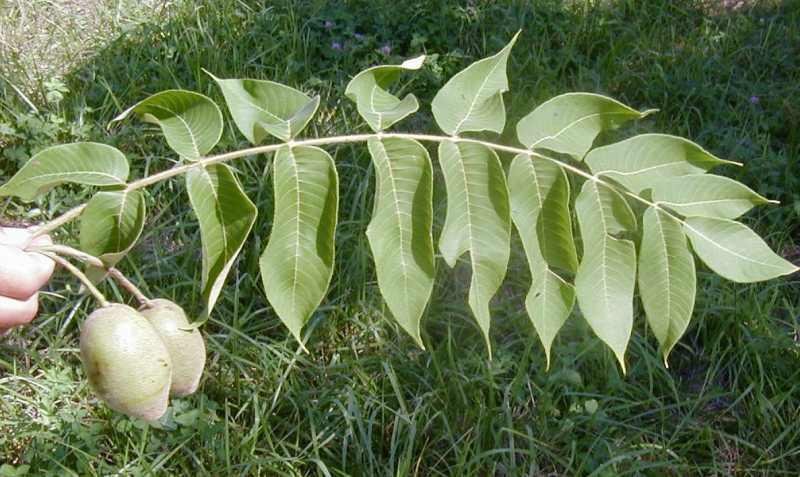 Image 1 of
Image 1 of

Butternut
This member of the walnut family (Juglans spp.) is becoming rare as a result of a fungal disease known as butternut canker. Therefore, it is important we plant many of these! It is a tremendous tree with a delicious nut, also known as white walnut. We have a large one by our bridge here in Kentucky which produces huge crops of these brainy, oval-shaped nuts every two or three years.
Growing conditions: Juglans cinerea grows in the wild in bottomland areas and alongside streams and will do well in any area with moderately fertile and decently draining soil. Doesn’t tolerate heat well so its native range stops as far south as Tennessee. Doesn’t tolerate much shade.
Size at maturity: 45-60’
Uses: Commercially, this tree has been over-harvested over the last centuries, prized for its lumber. It produces a large and delicious nut, less bitter than black walnut and sometimes compared to pinenuts in taste.
USDA Plant Hardiness Zone: 3-7
This member of the walnut family (Juglans spp.) is becoming rare as a result of a fungal disease known as butternut canker. Therefore, it is important we plant many of these! It is a tremendous tree with a delicious nut, also known as white walnut. We have a large one by our bridge here in Kentucky which produces huge crops of these brainy, oval-shaped nuts every two or three years.
Growing conditions: Juglans cinerea grows in the wild in bottomland areas and alongside streams and will do well in any area with moderately fertile and decently draining soil. Doesn’t tolerate heat well so its native range stops as far south as Tennessee. Doesn’t tolerate much shade.
Size at maturity: 45-60’
Uses: Commercially, this tree has been over-harvested over the last centuries, prized for its lumber. It produces a large and delicious nut, less bitter than black walnut and sometimes compared to pinenuts in taste.
USDA Plant Hardiness Zone: 3-7
This member of the walnut family (Juglans spp.) is becoming rare as a result of a fungal disease known as butternut canker. Therefore, it is important we plant many of these! It is a tremendous tree with a delicious nut, also known as white walnut. We have a large one by our bridge here in Kentucky which produces huge crops of these brainy, oval-shaped nuts every two or three years.
Growing conditions: Juglans cinerea grows in the wild in bottomland areas and alongside streams and will do well in any area with moderately fertile and decently draining soil. Doesn’t tolerate heat well so its native range stops as far south as Tennessee. Doesn’t tolerate much shade.
Size at maturity: 45-60’
Uses: Commercially, this tree has been over-harvested over the last centuries, prized for its lumber. It produces a large and delicious nut, less bitter than black walnut and sometimes compared to pinenuts in taste.
USDA Plant Hardiness Zone: 3-7
